|
本帖最後由 霧峰追風者 於 2017-12-12 08:01 編輯 已經來到巔峰,快速北上逐漸轉化溫氣。 000 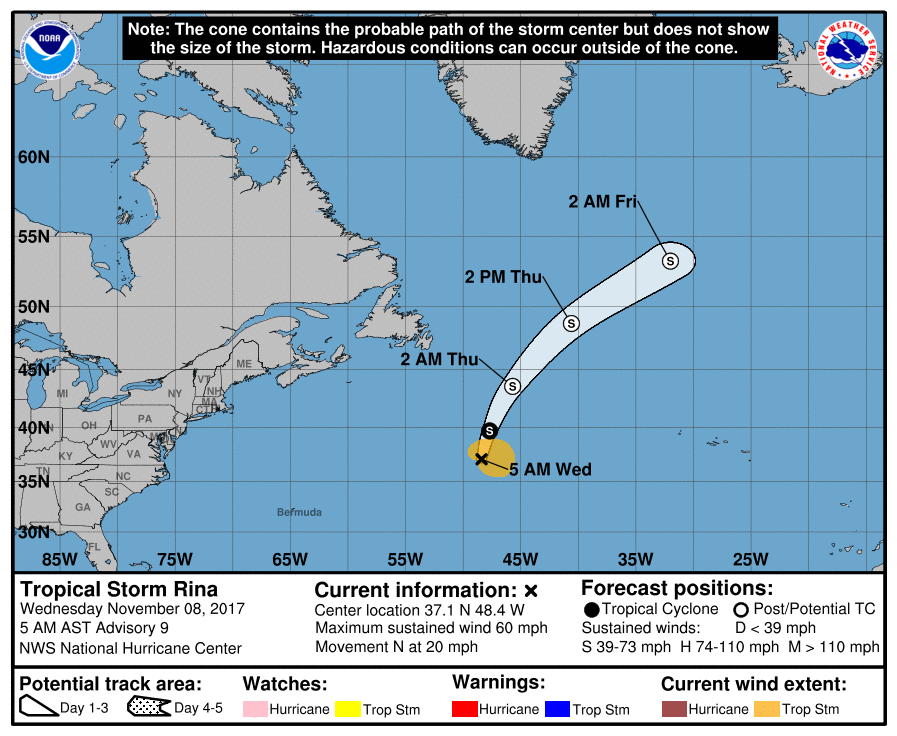
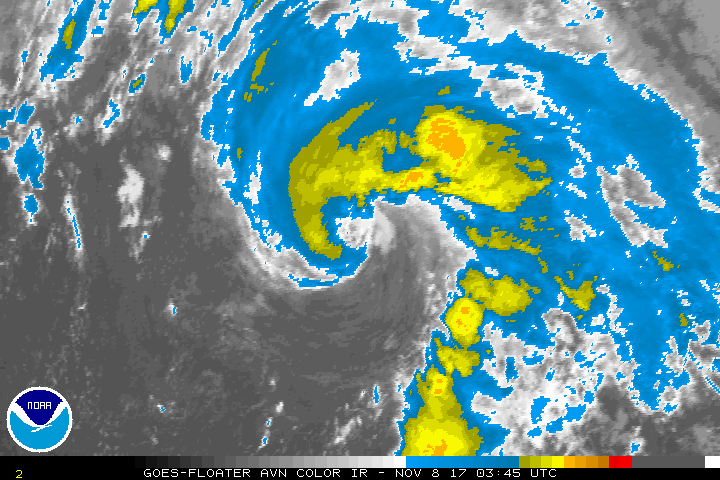
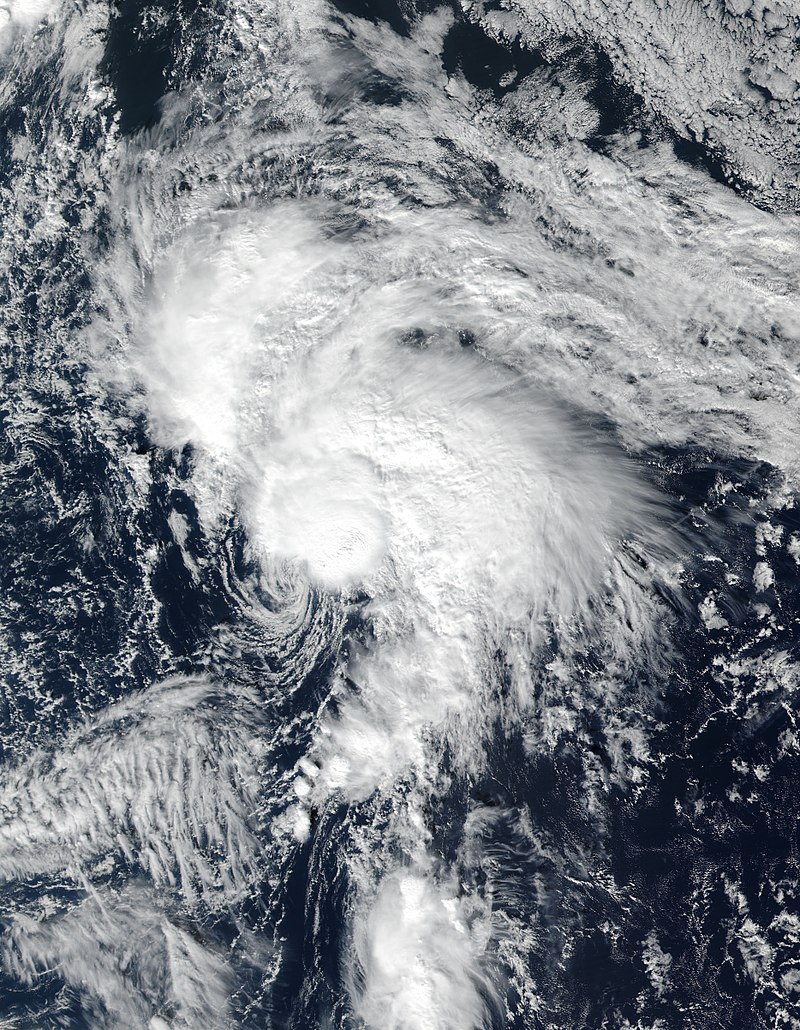
|
NHC 03Z命名"Rina",逐漸加速北上。000 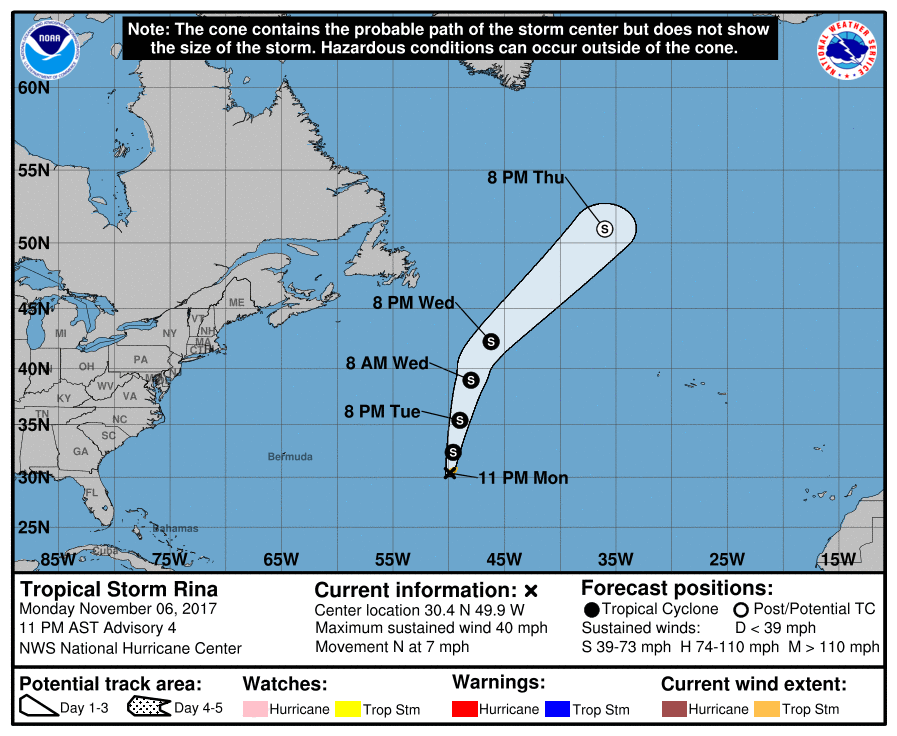
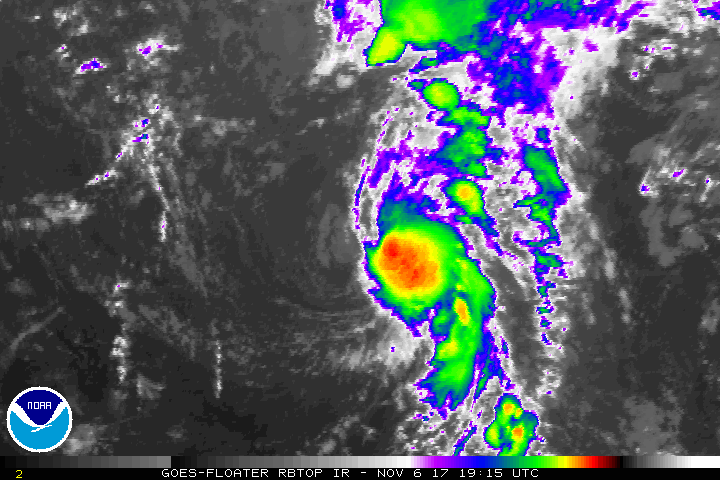
|
|
本帖最後由 霧峰追風者 於 2017-11-6 17:04 編輯 NHC 09Z升格19L,逐漸北上。 000 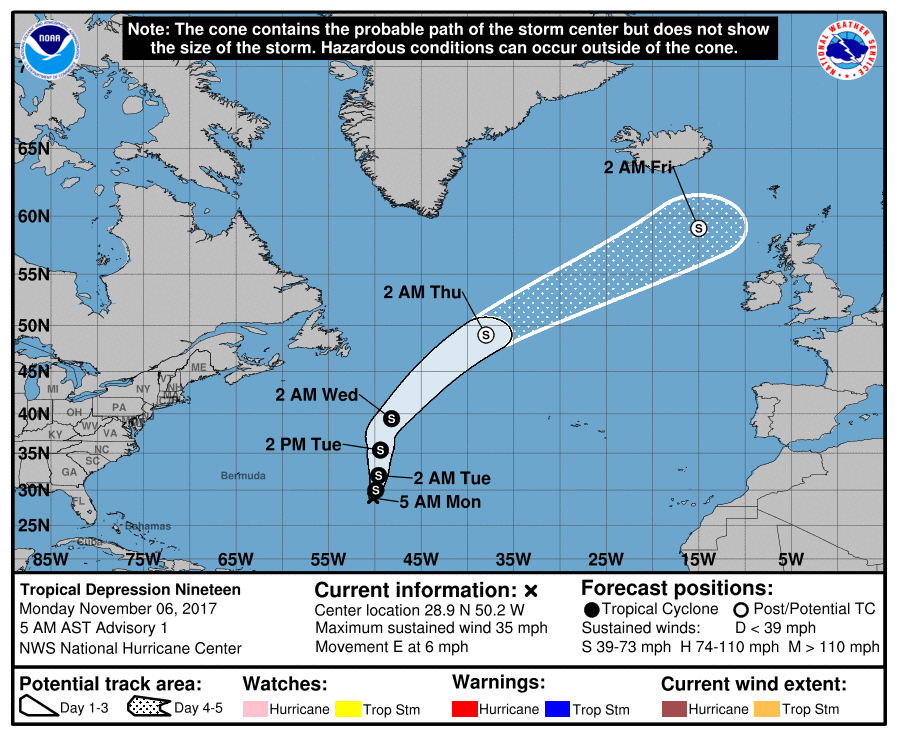

|
|
本帖最後由 霧峰追風者 於 2017-11-6 07:40 編輯 NHC 00Z展望提升至70% 1. Shower and thunderstorm activity associated with a well-defined low 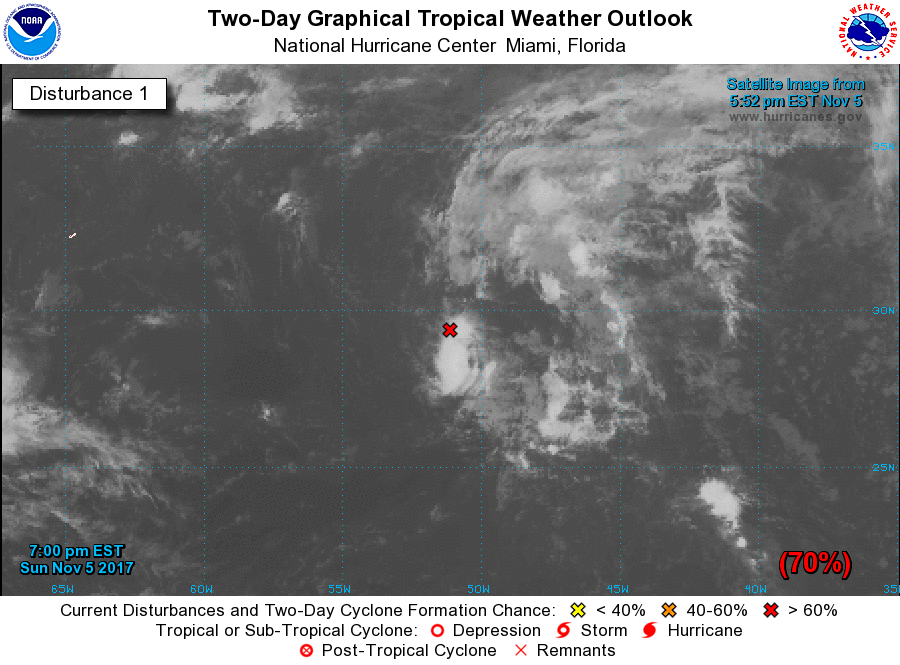
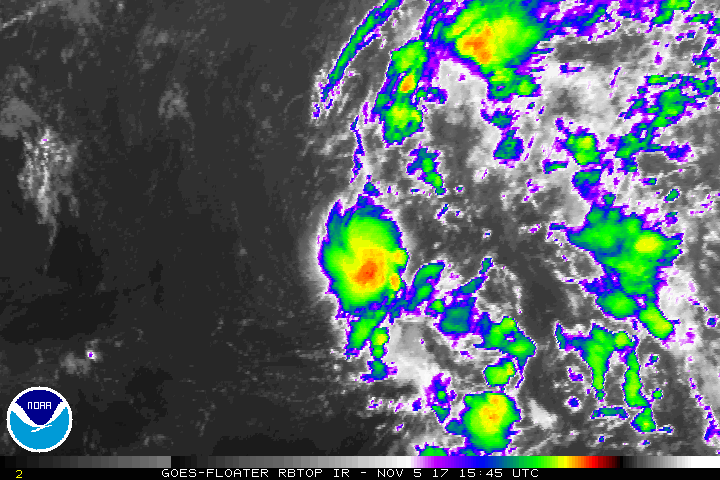
|